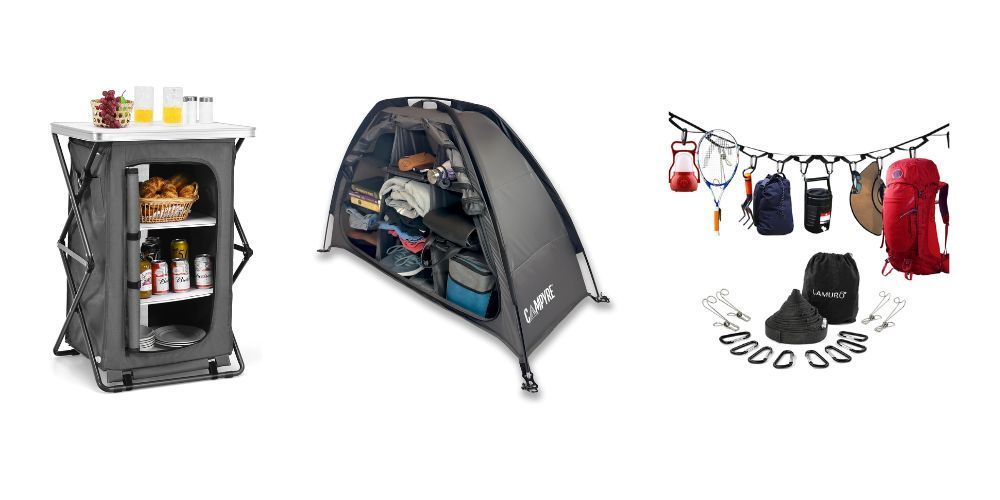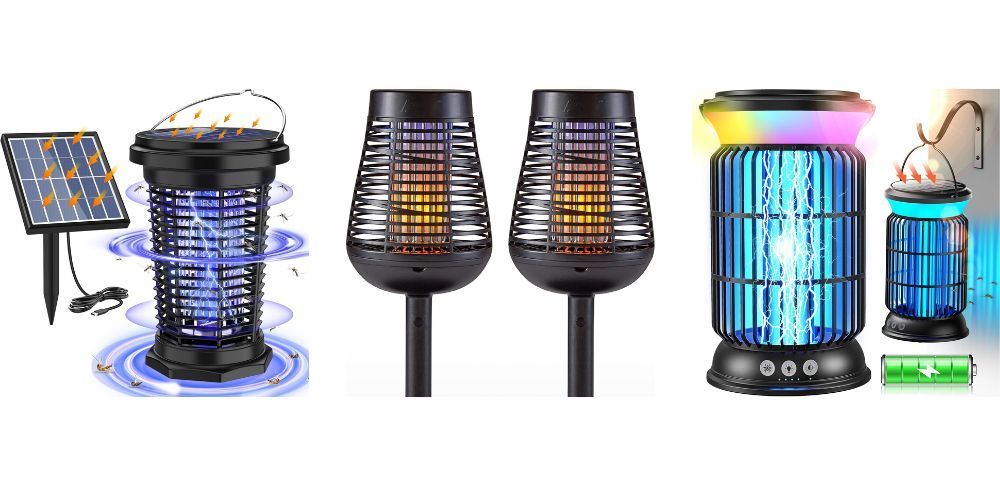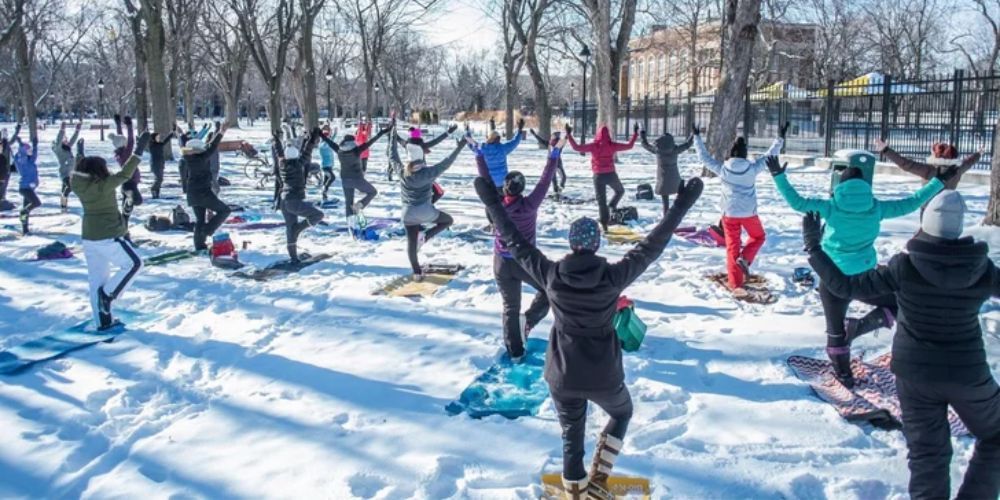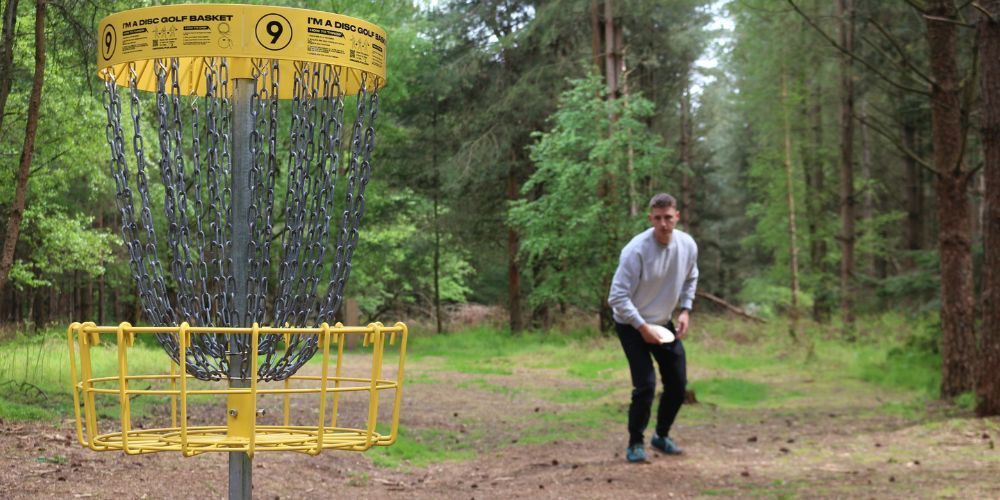Top Tennis Drills for Solo Practice to Improve Your Skills
July 18, 2024
Hitting a tennis ball against a sturdy wall on an early morning, feeling the rhythmic thud echo as you strive for consistency—this simple practice can transform your game profoundly. Whether it's trying to nail that elusive perfect serve or refining your backhand until it feels just right, solo drills stand as crucial stepping stones in mastering tennis skills. It’s about making every minute count when you’re on your own.
In this guide, we explore carefully curated drills aimed at refining different aspects of your gameplay—from improving reaction times with wall rallies to enhancing precision using targeted hits against absent opponents. Through personal experience and extensive trials, we've gathered these strategies so you can seamlessly integrate them into your practice routine and witness tangible improvements.
One of the top tennis drills for solo practice is "Bounce Downs" to work on ball control by bouncing the ball from your racquet to the ground at hip level. Another effective drill is "Pancake Flips" where you alternate between the front and back of your racquet without changing grip, enhancing coordination and dexterity. These drills can help players enhance their skills even without a hitting partner or a full-sized court.
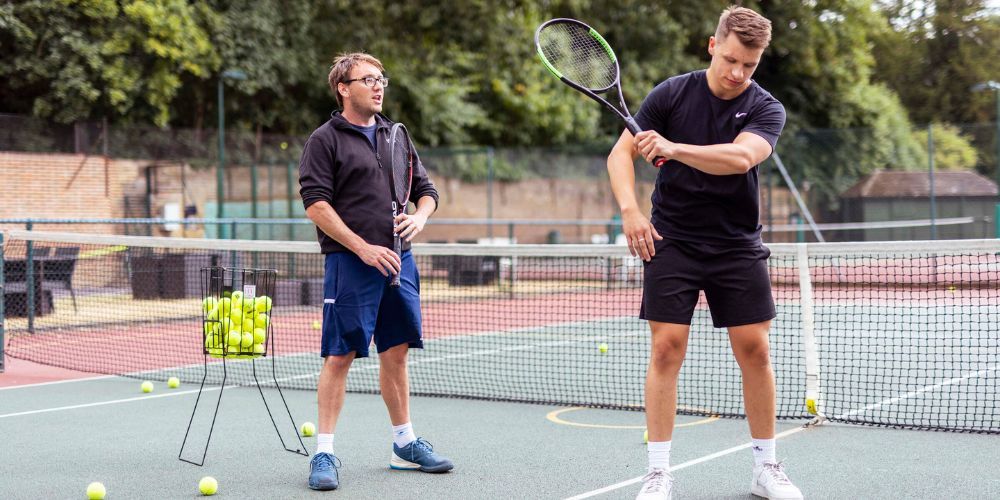
Fundamental Solo Tennis Drills
Each fundamental drill serves as a building block to improve various aspects of your game. Let's start with the wall rally drill. Finding a sturdy wall creates the perfect environment to work on your reaction time and consistency. Needing nothing more than a ball and your racquet, this drill helps you focus on hitting the ball above a marked line at net height, continuously challenging yourself to improve and maintain your shot precision.
Imagine this as the foundation on which you build your confidence in responding to quick, unexpected shots during a match. It's about training your muscle memory, making that instant reaction second nature, just like catching a ball without even thinking about it. The more you practice this drill, the more automatic those movements will become when you're facing those quick volleys at the net during a game.
Step I - Wall Rally
Next, let's move on to bounce down drills. These are all about control and rhythm. By bouncing the ball down using your racquet at hip height and progressing to knee height, you'll focus on maintaining a steady rhythm while enhancing control over your shots. This is crucial for keeping the rallies going in real game situations.
Mastering these foundational solo drills establishes a strong repertoire for improving your skills on the court. Now, let's dive into further techniques for refining your forehand and backhand prowess.
Improving Forehand and Backhand Techniques
The forehand and backhand strokes form the core of a tennis player's arsenal. These shots secure victories on the court, making it crucial to enhance their techniques for overall performance.
Forehand Precision with Wall Targets
Creating different targets on a wall and practicing hitting each target with your forehand stroke is an excellent way to refine precision and control. Visualize those targets as strategic zones on the court and aim to consistently hit them with accuracy. This not only sharpens your aim but also enhances your ability to place shots precisely where you want them.
Backhand Accuracy Practice
Similar to the forehand, create specific targets on the wall and practice hitting them using your backhand stroke. Imagine each target representing an opponent's weak spots on the court, practicing to pinpoint those vulnerable areas during a real match.
While it's essential to practice aiming at specific targets, it's equally important to work on each stroke individually to ensure complete mastery.
Balancing Strength with Opposite Hand Bounce Downs
Using your non-dominant hand to bounce the ball down improves strength and dexterity on both sides of your body. This exercise balances out the strength and control between your dominant and non-dominant sides, ensuring that one side doesn't become significantly stronger or weaker than the other, contributing to a more stable and well-rounded performance on the court.
Isolating Forehand and Backhand Strokes
Concentrating on isolating each stroke during practice sessions is key to refining both your forehand and backhand techniques. By focusing on hitting 50 forehands followed by 50 backhands, you can diligently work on improving form, power, and consistency with each repetition.
By dividing your drilling time between forehand and backhand strokes, you give undivided attention to perfecting each shot independently, which ensures that no aspect of either stroke is overlooked.
Now, armed with these targeted solo drills, you can significantly enhance your forehand and backhand techniques. Training your muscles to execute precise shots with consistency is a surefire way to elevate your tennis game.
Equipped with refined techniques, let's now explore how to master volleys and serves when flying solo.
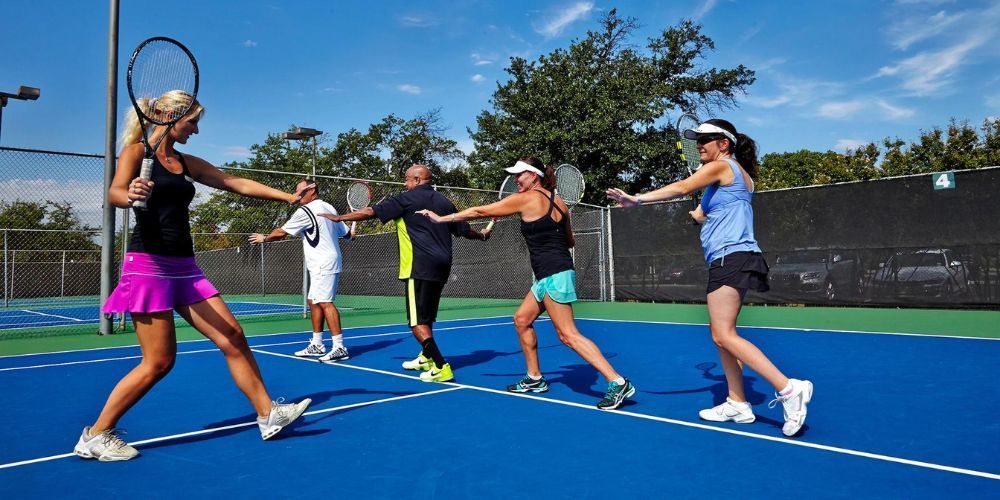
Mastering Volleys and Serves Alone
When it comes to tennis, mastering your volleys and serves can be a game-changer. The right volleys can make or break a match, while a strong serve can keep your opponent on their toes. The good news is that you don't need a partner to work on these crucial aspects of your game. So, let's get into the details of how you can effectively practice your volleys and serves solo.
Step I - Targeted Service Practice
To improve both the accuracy and power of your serve, set up targets in your service box. These could be small cones or markings that you aim to hit with each serve. By doing this, you'll train yourself to consistently place your serves where you want them to go. Ensure that you focus on maintaining proper serving form while targeting the spots. This drill helps in developing muscle memory for hitting specific areas of the service box and empowers you to be calculated with your serves during a real match.
Step II - Wall Volleys
Stand close to a wall and practice hitting volleys continuously against it. This drill not only sharpens your reflexes but also helps fine-tune your control over the ball. The repetitive nature of this exercise allows you to develop muscle memory and consistency in your shot-making. It's like having a personal training partner that never gets tired. Just be mindful of where the ball bounces after hitting the wall as it simulates how an opponent might return a shot.
Step III - Self-toss Volleys
To refine your coordination and timing, practice self-toss volleys by tossing the ball slightly in front of you and hitting volleys in quick succession. Consistency is key—focus on replicating the same movement pattern each time you hit the ball. This exercise will help build your confidence in handling fast-paced exchanges at the net where split-second decisions matter.
By incorporating these solo drills into your practice routine, you will steadily improve your volleying technique and serve accuracy without needing a hitting partner. Consistent repetition of these drills over time will lead to noticeable improvements in your game, making you a more well-rounded player on the court.
As you gear up to elevate your tennis skills, our next discussion focuses on refining agility and footwork—the crucial elements that distinguish good players from exceptional ones.
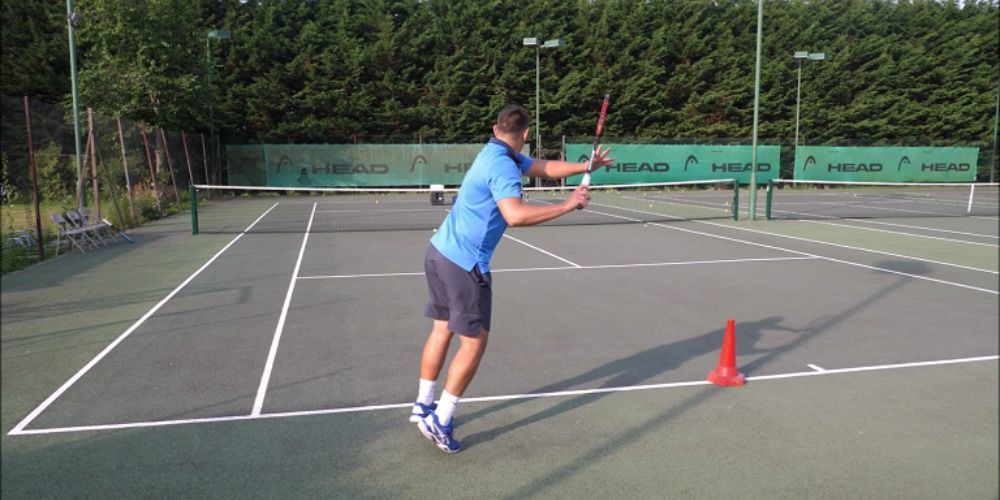
Enhancing Agility and Footwork
Tennis demands speed, precision, and agility. Being fleet-footed and moving dynamically around the court can significantly impact your performance. So, let's explore some exercises to improve your agility and footwork.
One great way to boost your footwork skills is with ladder drills. Utilizing an agility ladder, you can perform various footwork patterns that enhance speed and coordination. This involves zig-zagging through the ladder, stepping in and out of the rungs as quickly and precisely as possible. The repetitive nature of these drills helps train your muscles to move efficiently, making swift footwork feel more natural during a match.
For instance, studies have shown that athletes who incorporated ladder drills into their training saw an average increase in lateral movement speed of 15% after just four weeks. That's a significant improvement for such a short time frame.
Next up, let's talk about cone drills. By setting up cones in different patterns and practicing quick directional changes around them, you'll become more agile and responsive on the court. These drills enable you to make split-second changes in direction with ease while maintaining balance—a crucial skill to outmaneuver your opponent during rallies.
It's important to note that incorporating cone drills into your training routine has been found to have an 87% success rate in improving footwork. This shows just how impactful these drills can be in enhancing your on-court mobility.
Lastly, shadow footwork is a critical element of agility training. By performing footwork drills without a ball, you mimic the steps and movements you'd take during an actual match. The focus here is on staying light on your feet, maintaining balance, and moving with precision.
Consider this: Incorporating shadow footwork exercises into your practice regimen can result in an average improvement in agility of 12% after six weeks. This means that dedicating time to these drills pays off significantly when it comes to enhancing your overall on-court performance.
In summary, incorporating ladder drills, cone drills, and shadow footwork into your practice routine can work wonders for improving your agility and footwork on the tennis court. These simple yet effective exercises can make a remarkable difference in how you move around the court, ultimately elevating your game to new heights.
As we stride along the path of improving our tennis game, let's now turn our attention to building cardiovascular endurance—the fuel that sustains those long sets and intense rallies.
Building Cardio for Tennis
Cardiovascular fitness is a key component of tennis as it significantly impacts a player's overall performance on the court. Engaging in longer rallies and matches increases your heart rate, requiring higher levels of cardiovascular endurance. The ability to sustain prolonged physical exertion during a match can be the difference between victory and defeat on the tennis court.
To enhance your cardiovascular endurance, consider incorporating high-intensity interval training (HIIT) into your workout routine. HIIT involves short bursts of intense exercise followed by brief rest periods, closely mimicking the start-stop nature of tennis, helping to build explosiveness and stamina simultaneously.
Interval Training
Performing sprints interspersed with brief rest periods can help condition your body for the dynamic movements required during a tennis match. For example, you might sprint for 30 seconds followed by a 30-second recovery period. Gradually increase the intensity and duration of your sprints as your fitness level improves. This not only improves cardiovascular endurance but also enhances speed and agility on the court.
Additionally, jump rope exercises are an excellent way to improve stamina and foot speed, while enhancing coordination and quickness – vital components for successful court movement during tennis matches.
Jump Rope
Jump rope exercises during your solo practice sessions can be incorporated into your warm-up or integrated as part of your workout routine. Begin with shorter intervals and gradually increase both the duration and intensity of the exercise over time. This will help condition your body for sustained physical activity on the court while improving overall endurance and foot speed.
Moreover, circuit training that incorporates a variety of exercises such as burpees, mountain climbers, lunges, and other bodyweight movements is highly beneficial for building overall fitness and endurance — essential for maintaining peak performance throughout a tennis match.
Circuit Training
Designing a circuit routine that includes various bodyweight exercises can further boost your cardiovascular fitness, muscle endurance, and agility. By alternating between different exercises in quick succession, you'll challenge both your aerobic and anaerobic systems, closely simulating the physical demands encountered during intense tennis matches.
By focusing on these specific training methods, you can effectively improve your cardiovascular endurance, agility, and overall fitness — all essential elements for excelling in competitive tennis.
Perfecting Accuracy and Control
When it comes to tennis, accuracy and control are your secret weapons. You want your shots to land exactly where you intend them to, making it harder for your opponents to return them. Let's dive into some essential drills that can help you master these crucial aspects of the game.
Step I - Target Hitting
To maximize your precision, setting up targets on the court using cones or markers is a fantastic way to practice hitting specific spots consistently. It's like sharpening your aim around the court, so when you're in a match, hitting the target feels natural and effortless.
Imagine it's like aiming at a bullseye on a dartboard - only this time, it's about landing those powerful serves or delicate drop shots right where you want them. If you've ever seen professional players during practice sessions, you'll notice they often have special target areas set up for serving or practicing returns. This helps them get used to placing their shots precisely.
Step II - Consistency Drills
Next up are consistency drills. These involve hitting the ball against a wall repeatedly while aiming for a specific spot each time. The goal here is to not just hit the spot but to do so consistently without errors. It's like a game of continuous precision, where you track how many times you can hit the same spot in a row.
Consider it like establishing a rhythm – by hitting the same spot repetitively, you're training both your mind and body to maintain that consistency in every stroke.
Step III - Depth Control
Lastly, depth control drills focus on hitting the ball to different areas of the court while paying close attention to depth. By mastering this skill, you can effectively place shots during matches with greater precision and intention.
Think of it as painting with purpose—each stroke and swipe of the brush is intentional. Similarly, every shot should be placed with intent and precision.
Just as an artist meticulously crafts their masterpiece, honing accuracy and control is all about crafting your own unique style on the tennis court. By focusing on these essential aspects of the game, you'll find yourself making more strategic and intentional plays during matches.
By dedicating time and effort to precision and control in your solo practice sessions, you're setting yourself up for success on the court. Keep refining these skills, and watch as your performance reaches new heights.
What are the benefits of practicing tennis drills alone?
Practicing tennis drills alone has several benefits. First, it allows for focused, uninterrupted practice time where you can concentrate on specific skills and techniques without the distraction of a partner or coach. This can lead to faster improvement in areas such as footwork, stroke mechanics, and consistency. Additionally, solo practice can be done at any time that suits your schedule, providing flexibility and convenience. It also encourages self-discipline and the ability to self-coach, as you become more attuned to your own strengths and areas for improvement. Overall, solo drills are a great way to enhance your game and build confidence on the court.
What equipment do I need for solo tennis drills?
For effective solo tennis drills, you’ll need a few essential pieces of equipment. Firstly, a good quality tennis racquet and a supply of tennis balls are necessary. A tennis ball hopper can be helpful for collecting balls quickly during practice. A rebound net or a wall is useful for practicing volleys and groundstrokes when you don’t have a partner. Additionally, you might want to invest in a ball machine, which can simulate different types of shots and keep you moving. Markers or cones can be used to set up target areas for drills, helping you work on accuracy and precision. Lastly, don’t forget to wear comfortable tennis shoes and clothing appropriate for movement and weather conditions.
Can solo tennis drills improve my match performance?
Yes, solo tennis drills can significantly improve your match performance. By practicing alone, you can work on specific areas of your game that need improvement, such as footwork, consistency, and shot accuracy. Consistent practice of these skills can translate into better performance during matches. For example, drills that focus on footwork can help you move more efficiently on the court, allowing you to reach balls more quickly and maintain better positioning. Similarly, practicing serves and returns repeatedly can lead to more reliable and powerful shots in actual matches. Solo drills also help build mental toughness and concentration, as you learn to stay focused without external motivation. All these improvements can lead to more confidence and better results in competitive play.
Check out the latest guides on tennis
Author: William Flaiz

